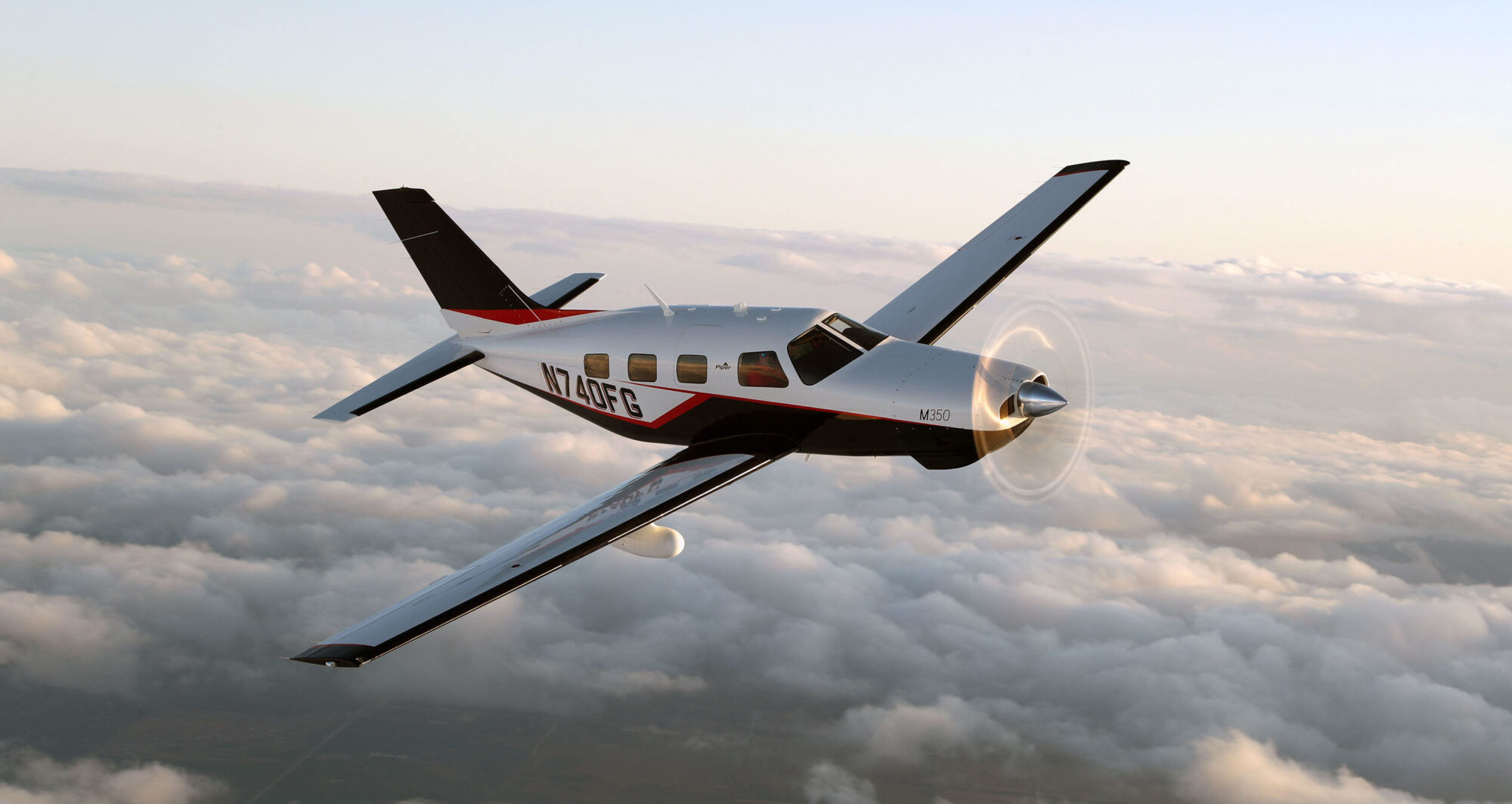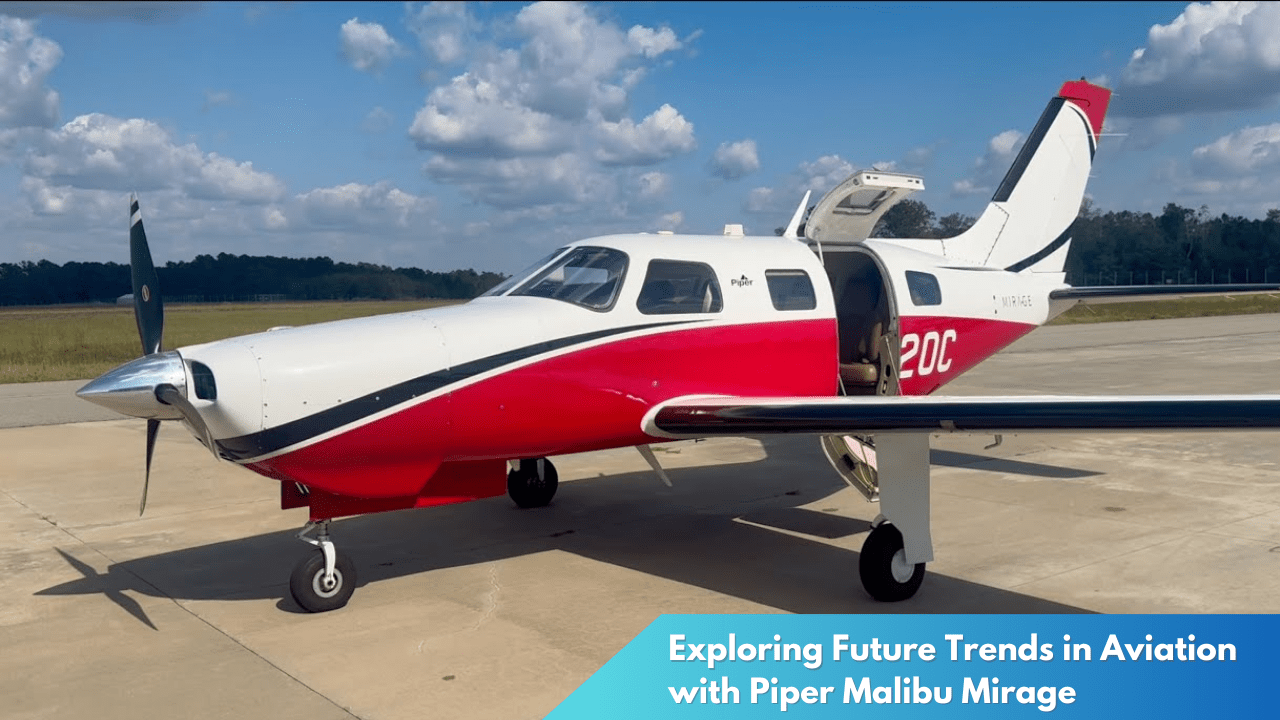Exploring Future Trends in Aviation with Piper Malibu Mirage
The aviation industry is poised on the brink of transformative changes, driven by advancements in technology, evolving consumer preferences, and a heightened focus on sustainability. Among the aircraft leading the charge towards this future is the Piper Malibu Mirage, a model that embodies both innovation and sophistication. In this article, we delve into the insights offered by this remarkable aircraft and explore the broader trends and innovations that are shaping the future of aviation.
Unveiling Tomorrow: Piper Malibu Mirage Insights

The Piper Malibu Mirage stands as a testament to the fusion of luxury, performance, and advanced technology within the aviation sector. Known for its sleek design and exceptional capabilities, the Mirage offers a unique glimpse into the future of personal and executive aviation. With its powerful engine and cutting-edge avionics, it ensures both efficiency and safety, catering to the demands of discerning pilots and passengers alike. The aircraft’s ability to reach altitudes of 25,000 feet while maintaining a high degree of cabin comfort illustrates the growing trend towards high-performance, user-friendly aircraft in the market.
Moreover, the Piper Malibu Mirage exemplifies the shift towards more environmentally conscious flying. Its fuel-efficient engine and aerodynamic design contribute to reduced emissions, aligning with global efforts to minimize aviation’s carbon footprint. As regulatory pressures increase and environmental concerns become more central to aviation policies, the Mirage’s eco-friendly features position it as a forward-thinking option for pilots and operators committed to sustainability. This integration of environmental responsibility with luxury and performance is a hallmark of next-generation aviation technology.
The Mirage also underscores the increasing importance of connectivity and digitalization in modern aviation. Equipped with state-of-the-art Garmin G1000 NXi avionics, it offers pilots an intuitive and fully integrated flight deck experience. This advanced system enhances situational awareness and safety through features such as weather radar and traffic collision avoidance. As the industry moves towards greater automation and digital integration, the Piper Malibu Mirage’s avionics system provides a clear indication of where cockpit technology is headed, prioritizing seamless interaction and real-time data processing.
Aviation’s Future: Trends and Innovations Ahead

Looking beyond individual aircraft, the aviation industry is set to undergo significant transformations driven by technological breakthroughs and evolving market dynamics. One of the most prominent trends is the increasing adoption of electric and hybrid propulsion systems. While still in the developmental stages for commercial aviation, these technologies promise to revolutionize the industry by offering quieter, more efficient, and environmentally friendly alternatives to traditional jet engines. As aerospace companies invest heavily in these innovations, the potential for electric aircraft to become mainstream within the next few decades is becoming increasingly plausible.
Another key trend reshaping the future of aviation is the advent of Urban Air Mobility (UAM). This concept envisions a network of small, electric-powered aircraft operating in urban environments to alleviate congestion and provide rapid point-to-point transport. With companies like Uber and various startups actively developing air taxi prototypes, the dream of urban skies bustling with flying vehicles is closer than ever. The Piper Malibu Mirage, with its emphasis on efficiency and technology, foreshadows the kinds of capabilities that will be foundational to this new era of urban aviation.
Finally, the integration of artificial intelligence (AI) and machine learning in aviation is set to redefine operational efficiency and safety. AI is already being utilized in predictive maintenance, optimizing flight routes, and enhancing air traffic management. As these technologies mature, they will likely lead to further automation in cockpits and air traffic control, reducing human error and improving safety margins. The Piper Malibu Mirage’s advanced avionics system represents the initial phase of this technology shift, offering features that enhance pilot decision-making and flight safety through data-driven insights.
As the aviation industry navigates towards an era defined by technological innovation and environmental responsibility, aircraft like the Piper Malibu Mirage provide valuable insights into the trends shaping the future. With its blend of luxury, performance, and advanced technology, the Mirage not only exemplifies current advancements but also anticipates the shifts in propulsion, urban mobility, and digital integration that lie ahead. As these trends continue to evolve, they hold the promise of transforming the aviation landscape into a more efficient, sustainable, and connected domain.



